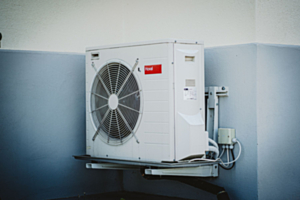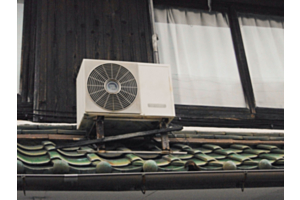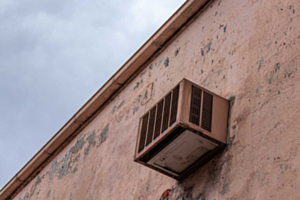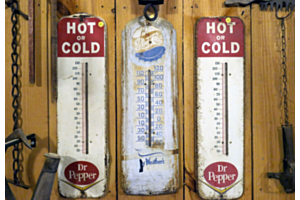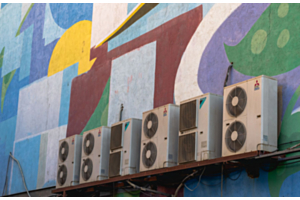How to Choose the Right Mini Split for Your Workshop

You have a workshop where you spend a lot of your free time. Perhaps you make projects out of wood, or you engage in metalworking, drawing, sculpting, or any other recreational hobby. Since your workshop is likely a garage or basement, it’s not a very well-insulated space. You tend to feel whatever the temperature is, which can make concentrating on your work difficult.
You’ve looked into your heating and cooling options and you think a ductless mini split system would be best for your workshop. You can cool or heat the areas that are most uncomfortable and only those areas.
The problem is, you’ve never bought a ductless mini split before, so you’re not sure which type is best for your workshop. Here are some factors to consider that will help make the decision easier.
The Size of Your Workshop
How big is your workshop in square feet? Depending on the size, you’ll need more BTUs or British thermal units per hour out of your mini split.
If your workshop is on the smaller side, such as 250 square feet, your mini split should run at 6,000 BTUs. If your workshop is 400 square feet, you need 9,000 BTUs of heating and cooling power.
A workshop that’s 450 to 550 square feet requires 12,000 BTUs. If you’re fortunate enough to have significantly more space, your mini split system must be able to produce the heating and cooling capacity for that area. For instance, at 1,200 square feet, your mini split should run at 21,000 BTUs, and at 1,500 square feet, 24,000 BTUs.
The Number of Rooms That Need Cooling/Heating
Is your workshop just one room or broken up into several rooms? If so, that changes things. You’ll have to decide if you want one mini split for the entire workshop or one for each room. You know your workshop best, so you’re well aware of which spaces get the draftiest in the winter and the hottest in the summer. Those rooms are good candidates for an indoor mini split unit.
The Average Temperature in Your Area
At PowerSave AC, we have a handy HVAC load calculator we recommend you use at this stage. The calculator will help you determine how much heating and cooling capacity you need based on factors like the temperature in your state.
All states in the country are categorized into five regions depending on the temperature. Region #1 includes the hottest states in the US, among them Florida, Texas, and parts of California. These are exclusively southern states.
Region #2 is slightly hotter but not to the extent of Region #1. These are also southern states, including parts of California, Arkansas, and Georgia as well as the entirety of North Carolina.
Region #3 are states that still get pretty warm but experience cool weather as well, such as most of Kansas, Missouri, and Virginia as well as all of Kentucky. If you live in Region #4, or more northern states, your weather is generally much cooler. These states include parts of South Dakota, Ohio, Indiana, and Wisconsin.
The last region, Region #5, encompass the coldest states in the country. They’re also more northernmost. These states are Wyoming, Montana, North Dakota, and Minnesota.
Sources:
https://powersaveac.com/hvac-load-calculator
https://senville.com/blog/sizing-guide-for-a-mini-split-air-conditioner/


